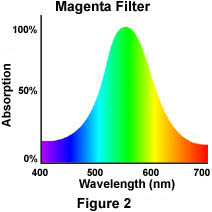
The waves will also be in phase upon reaching the opposite mirror, provided the cavity length equals an integral number of wavelengths.

Because the waves within the cavity are all coherent and in phase, they will remain in phase when reflected from a cavity mirror. Depending upon the wavelength of stimulated emission and cavity length, the waves reflected from the end mirrors will either interfere constructively and be strongly amplified, or interfere destructively and cancel laser activity. This function is important in allowing the laser to reach an equilibrium state, with the power levels both inside and outside the laser becoming constant.ĭue to the fact that the light oscillates back and forth in a laser cavity, the phenomenon of resonance becomes a factor in the amplification of laser intensity. In reality, the output mirror always transmits a constant fraction of the light as the beam, reflecting the rest back into the cavity. The number of cavity modes can be adjusted with the Cavity Frequency slider, which simultaneously varies the modes drawn with red curves in the tutorial window.Ī common misconception about lasers results from the idea that all of the emitted light is reflected back and forth within the cavity until a critical intensity is reached, whereupon some "escapes" through the output mirror as a beam. As this slider is translated, the yellow bandwidth curve changes shape to accommodate the new frequency range.

In order to operate the tutorial, use the mouse cursor to translate the Gain Bandwidth frequency slider between the ranges of 1 and 2 gigahertz.

The tutorial initializes with the gain bandwidth and cavity frequency set at values of 1.5 gigahertz and 476 terahertz, respectively. This interactive tutorial explores how varying the appropriate frequencies can alter curves describing the number of cavity modes and gain bandwidth of a laser. In a typical laser, the number of cavity resonances that can fit within the gain bandwidth is often plotted as a function of laser output power versus wavelength. Interactive Tutorials Laser Cavity Resonance Modes and Gain Bandwidth
Molecular Expressions: Physics of Light and Color - Laser Cavity Resonance Modes and Gain Bandwidth: Interactive Tutorial


 0 kommentar(er)
0 kommentar(er)
